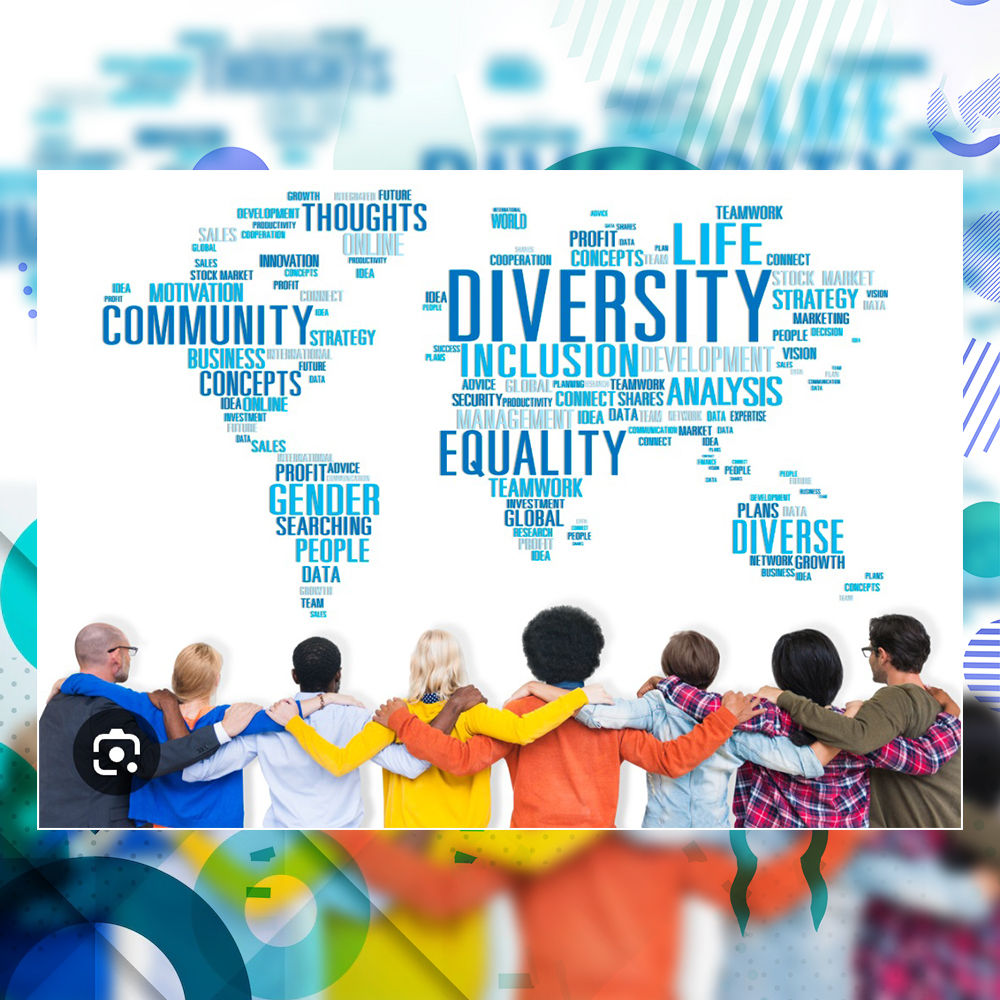
In the ever-evolving landscape of the global economy, innovation stands out as a critical driver of success for organizations. In this dynamic environment, where change is the only constant, fostering a creative thinking culture becomes imperative. One powerful catalyst for innovation is diversity. This article explores the symbiotic relationship between diversity and innovation, delving into how a diverse workforce can ignite and sustain a creative thinking culture.
The Intersection of Diversity and Innovation
Diversity and innovation share a unique intersection that transcends the mere coexistence of different perspectives within an organization. Instead, they form a symbiotic relationship, fueling the other in a continuous loop. Diversity encompasses a range of dimensions, including but not limited to ethnicity, gender, age, educational background, and cultural experiences. This diversity becomes a wellspring of varied ideas, experiences, and approaches when harnessed effectively.
Innovation, conversely, is the process of translating novel ideas into tangible results. It thrives on fresh perspectives and unconventional solutions to challenges. The nexus between diversity and innovation lies in the ability of diverse teams to bring forth a rich tapestry of viewpoints, giving birth to innovative ideas that might have yet to surface in a homogenous environment.
Breaking the Homogeneity Barrier
Homogeneity within a workforce can act as a barrier to creativity. When teams are composed of individuals with similar backgrounds and perspectives, the tendency to approach problems uniformly increases. While fostering a sense of unity, this uniformity limits the pool of ideas and solutions available to the organization.
Diverse teams, on the other hand, break through this homogeneity barrier. They bring together individuals with unique skills, experiences, and thought processes. This diversity challenges the status quo, encouraging the exploration of unconventional ideas. The varied perspectives within the team act as a catalyst for creative thinking, sparking innovative solutions that draw from a broader pool of knowledge and insights.
Cognitive Diversity: A Catalyst for Creative Solutions
Within diversity cognitive diversity plays a pivotal role in fostering creative thinking. Cognitive diversity refers to differences in how individuals approach problems, think critically, and generate ideas. It transcends traditional categories of diversity and focuses on the diversity of thought processes.
A team comprising individuals with diverse cognitive styles introduces many problem-solving approaches. Some team members may excel in analytical thinking, while others may bring a more intuitive or holistic perspective. The interplay of these cognitive styles creates a dynamic environment where ideas are subjected to rigorous examination from multiple angles, resulting in more robust and innovative solutions.
Cross-Pollination of Ideas
In a diverse workplace, ideas don’t exist in isolation. They undergo a process of cross-pollination, where concepts from one domain blend with those from another, giving rise to novel solutions. The varied backgrounds of team members contribute to a rich tapestry of ideas, creating an environment where creativity flourishes.
For instance, consider a team with members from engineering, marketing, and psychology backgrounds working on a product design project. The engineer may approach the problem from a technical standpoint, focusing on functionality and efficiency. The marketer may bring insights into consumer preferences and market trends, while the psychologist may offer perspectives on user experience and human behavior. The synthesis of these diverse perspectives results in a product that not only meets technical specifications but also resonates with the target audience on a deeper level.
Inclusive Culture: Nurturing Creative Minds
Creating a diverse team is the first step; sustaining innovation requires fostering an inclusive culture. An inclusive culture ensures all team members feel valued, respected, and empowered to contribute their unique perspectives. It goes beyond mere representation and actively seeks to leverage the strengths inherent in diversity.
In an inclusive culture, individuals feel comfortable expressing their ideas without fear of judgment. This psychological safety encourages risk-taking and experimentation, essential elements of creative thinking. When team members know their contributions are valued, they are more likely to share unconventional ideas and challenge the status quo.
Overcoming Challenges and Harnessing the Power of Diversity
While the benefits of diversity in fostering innovation are undeniable, organizations may encounter challenges in harnessing this power effectively. Overcoming these challenges requires a proactive approach and a commitment to creating an environment where diversity thrives.
One common challenge is the presence of unconscious biases that can influence decision-making and limit opportunities for specific individuals or groups. Addressing these biases through awareness training and inclusive hiring practices is crucial to ensuring that all voices are heard and valued.
Additionally, effective communication becomes paramount in diverse teams. Misunderstandings can arise due to cultural differences or varying communication styles. Establishing clear communication channels, promoting active listening, and providing cultural sensitivity training can enhance collaboration and creative synergy within diverse teams.
Diversity and innovation are intertwined elements that have the potential to propel organizations to new heights. A diverse workforce brings together many perspectives, experiences, and cognitive styles, creating a fertile ground for creative thinking. Innovation, in turn, thrives on this diversity, leading to the development of groundbreaking solutions.
To harness the full potential of diversity in fueling creative thinking, organizations must go beyond superficial inclusivity and actively foster an inclusive culture. By breaking down barriers, embracing cognitive diversity, and promoting open communication, organizations can create an environment where innovation becomes a natural outcome of the collaborative efforts of a diverse and dynamic team. As the global landscape continues to evolve, organizations prioritizing diversity and innovation will adapt to change more effectively and lead the way in shaping the future of their industries.